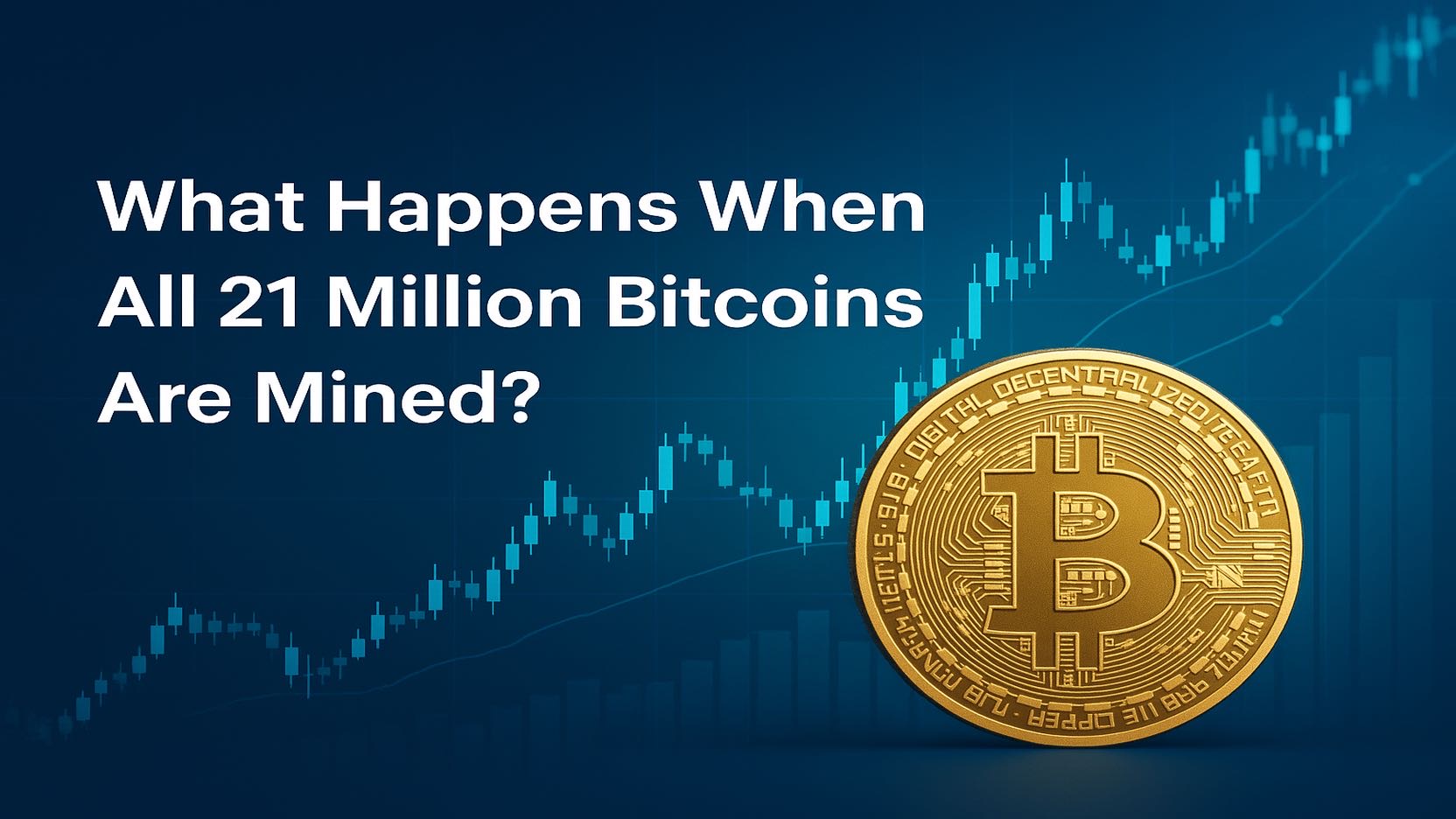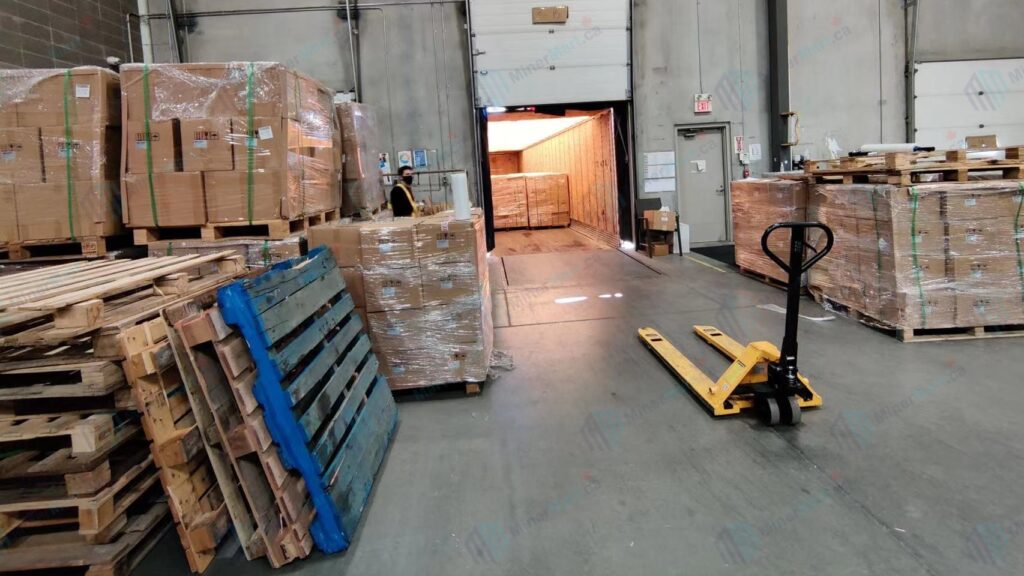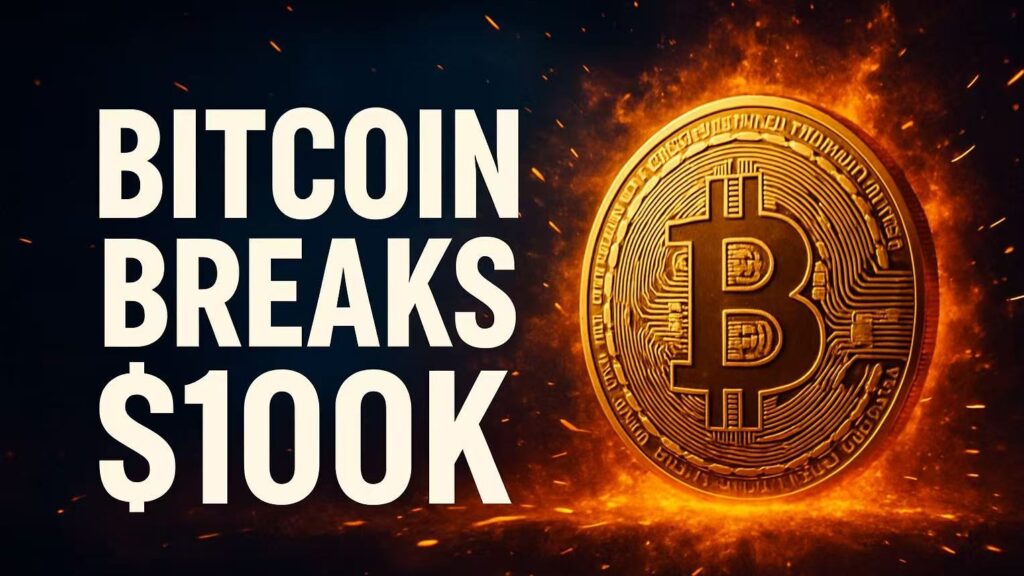The Future of Bitcoin After the Final Coin Is Mined

 The Future of Bitcoin After the Final Coin Is Mined
The Future of Bitcoin After the Final Coin Is Mined
Bitcoin’s scarcity is one of the key reasons behind its long-term appeal. But what will happen once the maximum supply of 21 million BTC is fully mined?
1. Understanding Bitcoin’s Supply Cap
Bitcoin was designed with a fixed supply: only 21 million bitcoins will ever exist. This rule is hardcoded in its protocol and enforced by the network. Currently, over 19.9 million have been mined — over 94% of the total supply.
New bitcoins are released through “block rewards” given to miners who validate transactions and secure the network. These rewards are halved every 210,000 blocks (about every 4 years) in an event called the halving. As of 2024, each block yields 3.125 BTC. By around the year 2140, the final fraction of a bitcoin will be mined.
Due to halving and rounding mechanics, it’s possible the actual number mined will be slightly under 21 million.
2. What Happens to Miners After the Last Bitcoin Is Mined?
Once block rewards reach zero, miners will no longer earn new bitcoins through mining. However, they’ll still be rewarded with transaction fees paid by users to have their transactions confirmed and added to the blockchain.
This fee-based model is already active today — though minor compared to block rewards. As demand for transactions increases over time, it’s expected that transaction fees will provide a sustainable incentive for miners.
If fees are insufficient, however, some miners may quit, which could reduce network security. This makes the long-term viability of the fee market critical for Bitcoin’s future.
3. Network Security and the Post-Mining Economy
Bitcoin’s security depends on miners. If their incentives disappear, the hash rate could drop, leaving the network vulnerable to attacks.
Optimistic scenario: Transaction volumes remain high, and fees increase as Bitcoin becomes a mainstream settlement layer. Layer-2 solutions like Lightning Network absorb small payments, while the base layer handles high-value transfers.
Pessimistic scenario: Fees remain low, causing a mining exodus and declining security. This could lead to slower confirmation times, higher volatility, or centralization risks.
4. Is Bitcoin Becoming More Scarce Than Ever?
Besides the hard cap, many bitcoins have been permanently lost — estimates suggest up to 20% are gone forever due to lost keys or inaccessible wallets. This makes actual circulating supply much lower.
As time progresses, Bitcoin’s deflationary nature will become more pronounced. Unlike fiat currencies that can be printed endlessly, Bitcoin supply is fixed and shrinking — making it potentially more valuable over time.
5. 2140 and Beyond: A New Era
By the year 2140, all bitcoins will have been mined. While that sounds far off, nearly 99% will be mined by 2035.
After 2140, Bitcoin’s security and function will rely solely on:
- Transaction fee revenue
- User adoption of Layer-2 networks
- Institutional trust and long-term utility
The network could become a digital gold-like asset — used for settlement, reserve storage, and large-value transactions. As Bitcoin matures, so will its infrastructure and economics.
Final Thoughts
Bitcoin’s 21 million cap is not just a technical limit — it’s a powerful economic principle. Once mining ends, Bitcoin enters a new phase where user adoption, transaction fees, and network resilience will define its fate.
It’s not the end — it’s just the beginning of Bitcoin’s final era.

 Bitcoin
Bitcoin
 Dogecoin
Dogecoin
 Aleo
Aleo
 Kaspa
Kaspa
 ALPH
ALPH
 ETC
ETC
 CKB
CKB
 Kadena
Kadena
 Nexa
Nexa
 Dash
Dash

